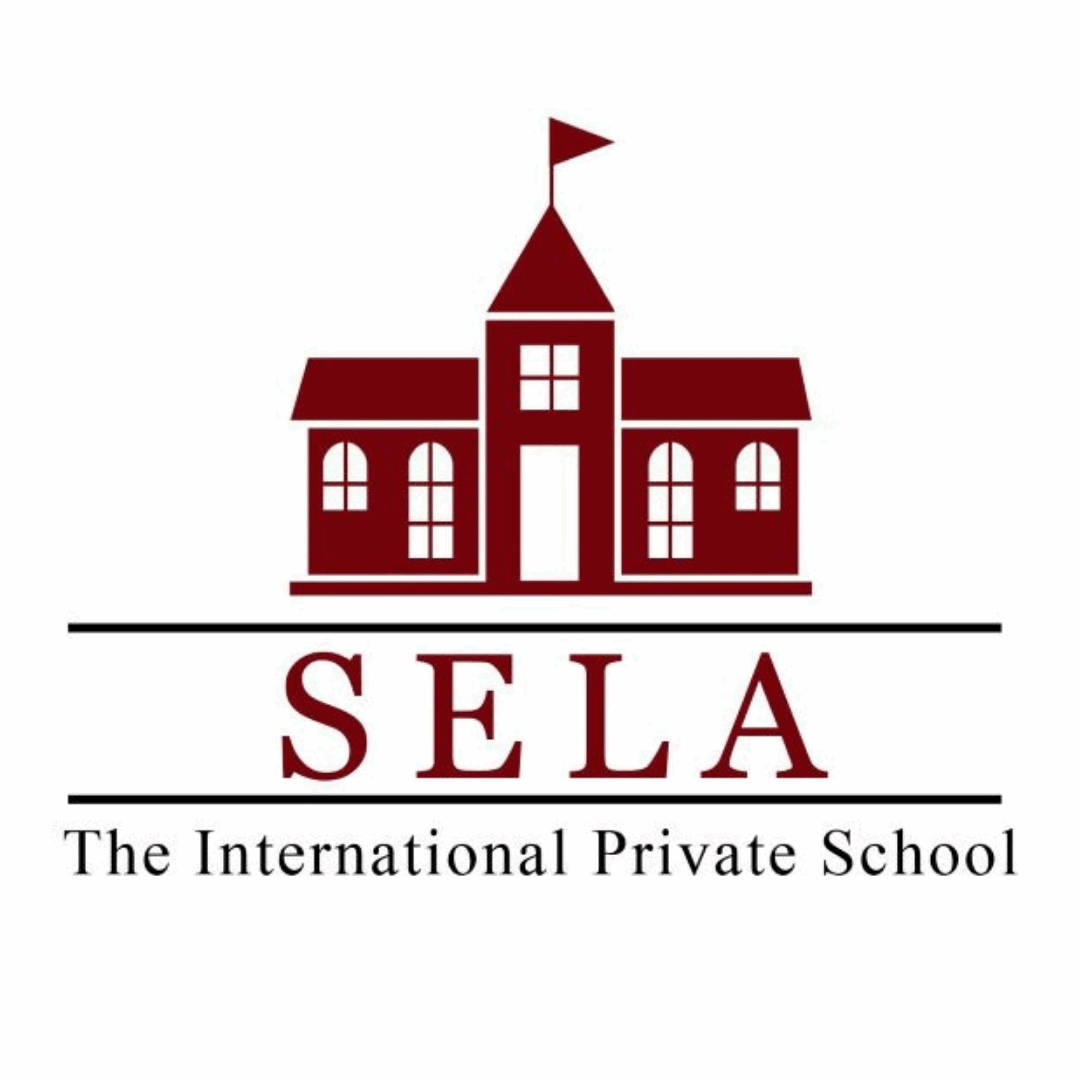“The Lower School, covering Junior-K through 2nd Grade, is a time of important growth for students. During these years, children begin building strong foundations in reading, math, and science through specialty subject teachers. They also learn how to interact with others, share, take turns, and develop empathy. Additionally, they start to understand and express their emotions in healthy ways. Through exploration, students learn how to solve problems, make decisions, and think critically about the world around them.”
The science of reading and literacy
“Strong readers and writers”
Our Lower School lays the groundwork for strong reading skills, helping students develop phonemic awareness, understand how letters and sounds connect, and learn strategies for reading success. These basics help students become confident, fluent readers and set them up for future academic achievement and a lifelong enjoyment of reading.
Analytical Thinking
“Critical thinkers and problem solvers”
Our students start by learning basic concepts, understanding how to solve problems, and applying math to real-life situations. As they progress, they begin to explore the reasons behind mathematical methods and learn how to approach different problems. This prepares them for future challenges and helps them handle more complex math problems.
Language Immersion
“Learning to read, write in cursive, and expand vocabulary in various languages”
In Junior-K, students spend about 85% of their learning time in Spanish, 10% in English, and 5% in Mandarin. In 1st and 2nd Grade, the time shifts to 60% Spanish, 35% English, and 5% Mandarin. This approach helps students build a strong foundation in a second language while also supporting their academic growth in English. As they advance, students continue to improve their fluency by learning new academic material in both languages, rather than repeating the same content.
Technology Integration
“School of The Future”
SELA supports student success by using technology in education, making lessons more interactive and engaging. Tools like smartboards, tablets, the LU system, and educational apps help teachers create dynamic lessons that fit different learning styles and get students more involved. Our lower school students are introduced to coding programs, allowing them to bring their ideas to life and turn their imagination into real projects.
Engaging in Hands On Learning
“Encouraging students to think critically”
Project-Based Learning is a powerful approach that inspires students to use critical thinking, find solutions to problems, and express their creativity. In the lower school years, children participate in projects that blend subjects such as science, math, technology, and language arts. By working together on these projects, students build important skills like teamwork and effective communication. This hands-on learning not only helps them understand and connect different areas of knowledge, but it also prepares them to face real-world challenges with confidence and empathy.
